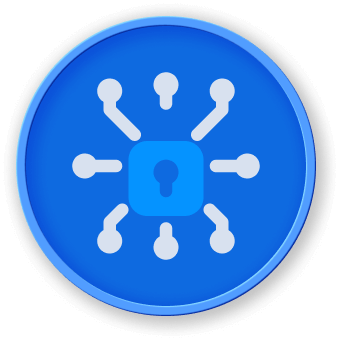Introduction
In a realm far beyond the modern digital world, nestled within the heart of ancient Eastern lands, lies a temple of unprecedented historical significance. This temple, shrouded in mystery and tales of old, is protected by an ageless guardian. Known only as The Keeper, this guardian's duty extends beyond mere physical protection; they are the custodian of ancient knowledge and secrets. Their latest challenge, however, transcends the physical realm. In an era where threats no longer only wield swords but digital prowess, The Keeper must evolve, learning the arts of digital defense to safeguard the temple's secrets against cyber invaders.
With the temple as the backdrop, your mission, as an apprentice to The Keeper, is to master the arcane art of Nmap OS and Version Detection. Through this skill, you will learn to identify the operating systems and versions of devices that connect to the temple’s network, allowing you to detect potential threats and secure the temple's digital fortress.



